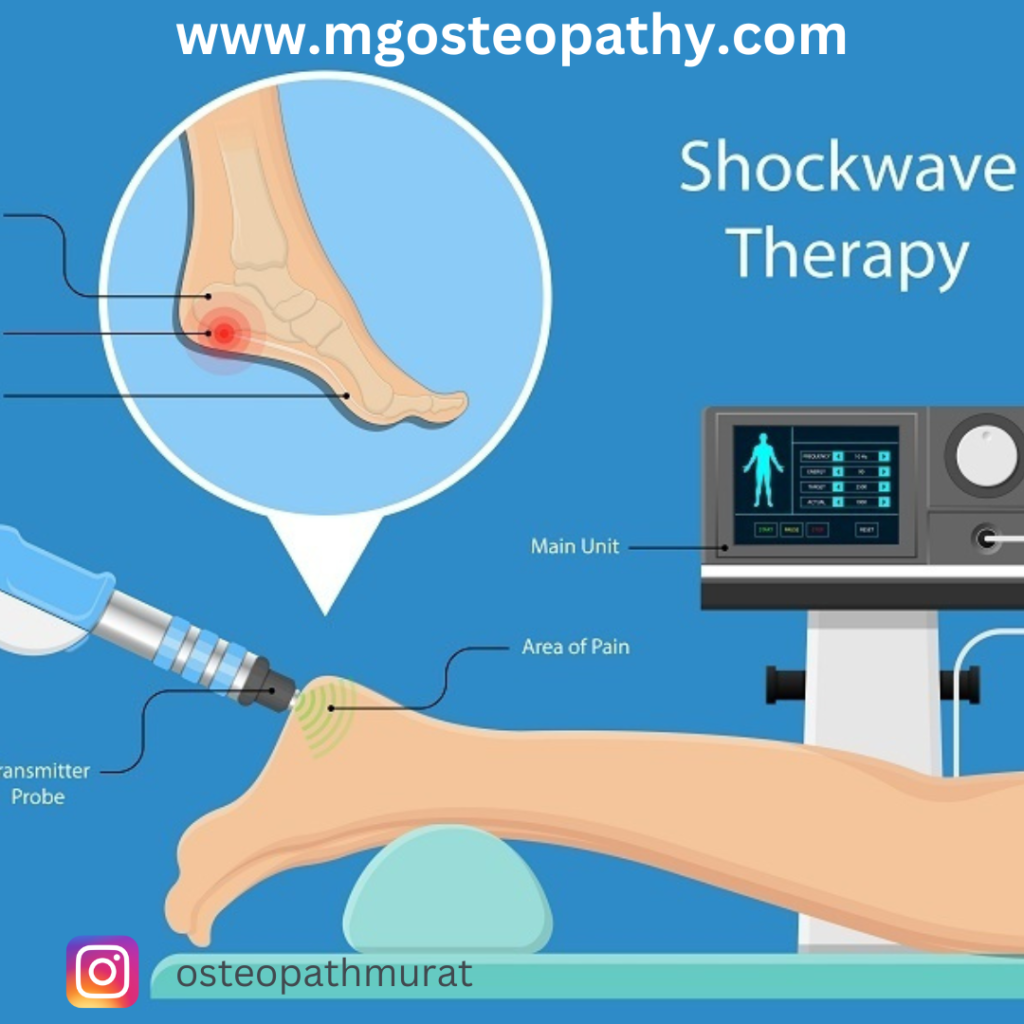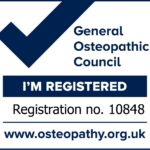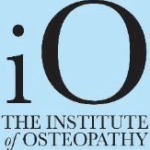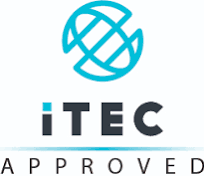Shockwave therapy, also known as Extracorporeal Shockwave Therapy (ESWT), is a non-invasive treatment option for sports injuries. It involves the use of high-energy sound waves to stimulate the body’s natural healing process and promote tissue regeneration.
Shockwave therapy is commonly used to treat conditions such as:
- Plantar fasciitis: It can help reduce pain and inflammation in the plantar fascia, a thick band of tissue that connects the heel bone to the toes.
- Achilles tendonitis: Shockwave therapy can stimulate blood flow and promote healing in the Achilles tendon, which is commonly injured in sports activities.
- Tennis elbow (lateral epicondylitis): It can help relieve pain and promote healing in the tendons of the elbow, which are often strained in sports like tennis.
- Patellar tendonitis (jumper’s knee): Shockwave therapy can be used to reduce pain and promote healing in the patellar tendon, which connects the kneecap to the shinbone.
- Shin splints: It can help reduce pain and inflammation in the muscles and tendons of the lower leg, which are commonly affected by overuse.
During a shockwave therapy session, a handheld device is used to deliver high-energy sound waves to the affected area. The sound waves create microtrauma in the tissues, which stimulates the body’s healing response. This leads to increased blood flow, the formation of new blood vessels, and the release of growth factors that promote tissue regeneration.
Shockwave therapy is typically performed in multiple sessions, with each session lasting about 10-15 minutes. The number of sessions required depends on the specific injury and the individual’s response to treatment.
Overall, shockwave therapy can be an effective treatment option for sports injuries, particularly those involving tendons and soft tissues. However, it is important to consult with a healthcare professional to determine if shockwave therapy is appropriate for your specific injury and to receive proper guidance and supervision throughout the treatment process.
Running Injuries – Evidence-Based study article HERE





